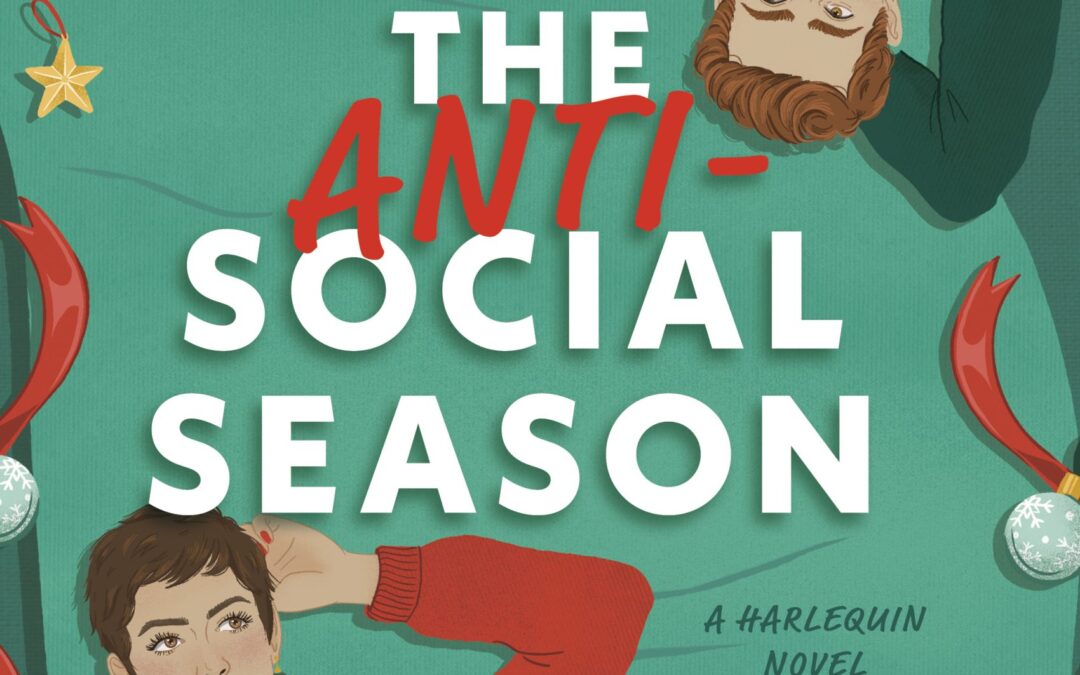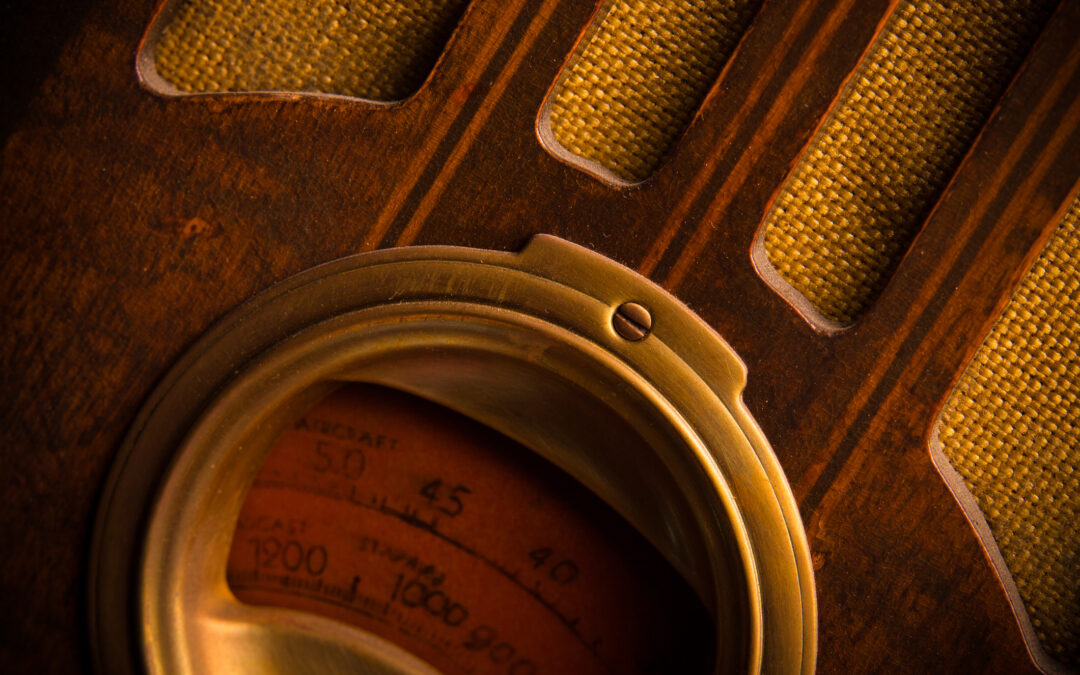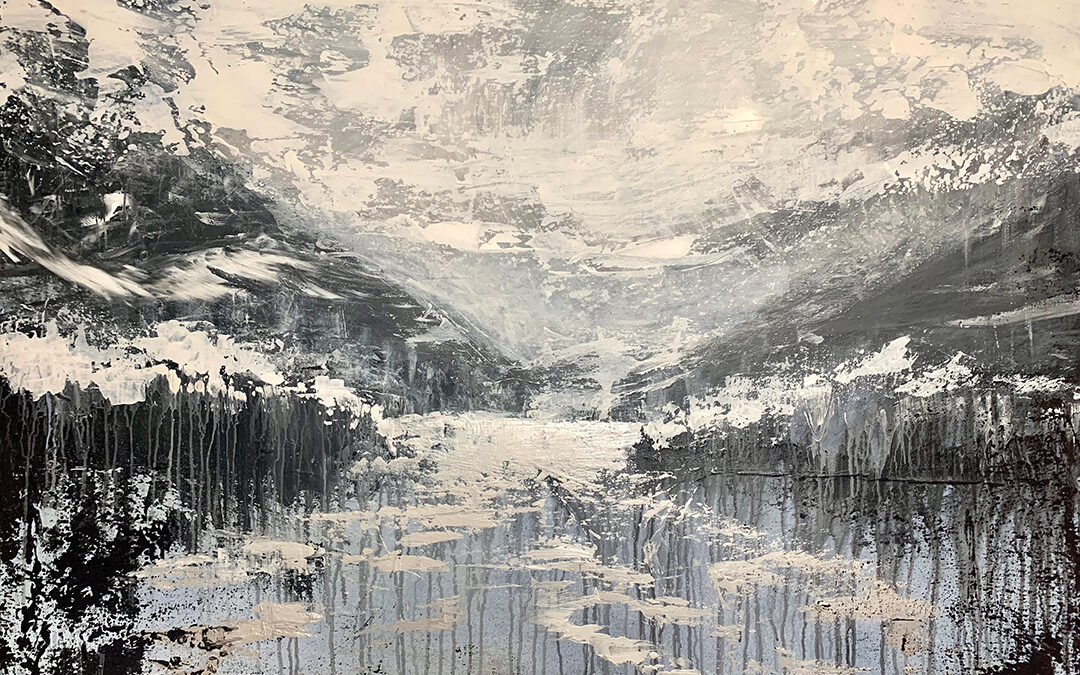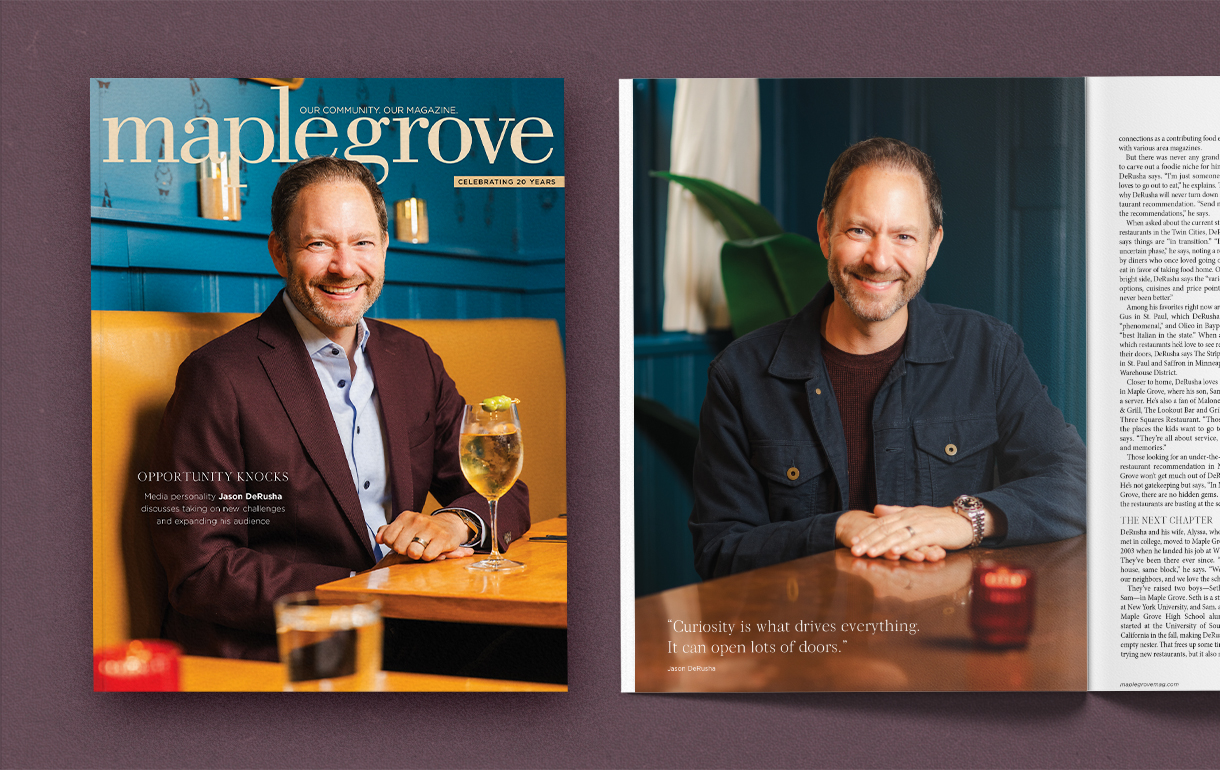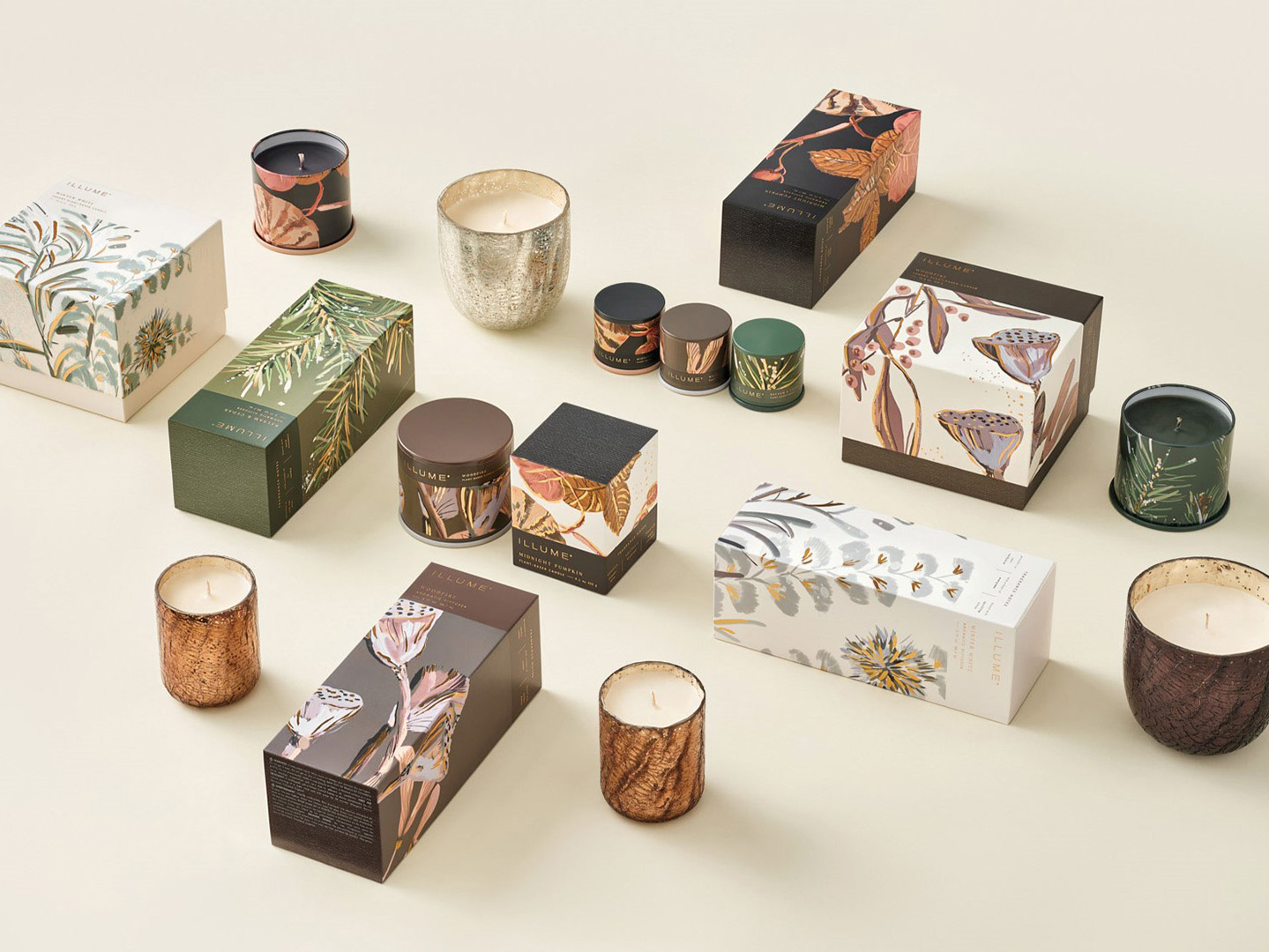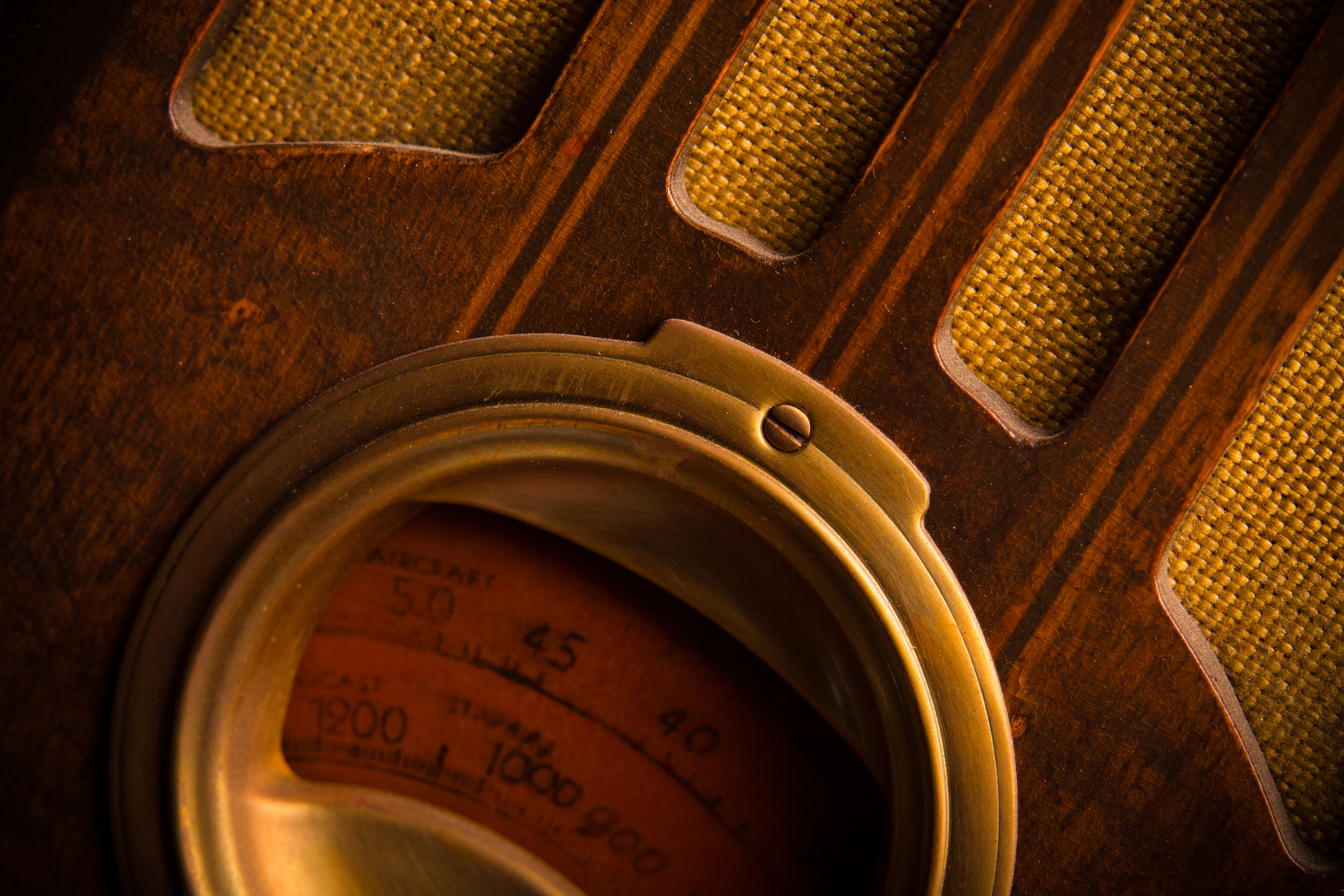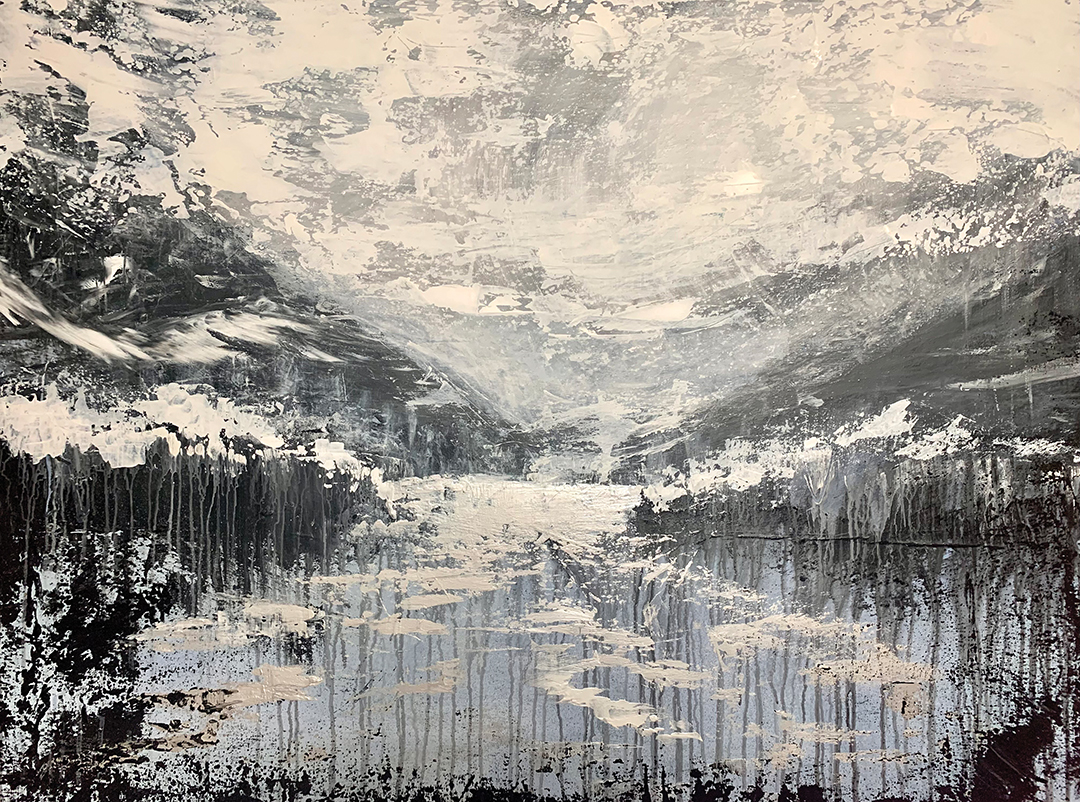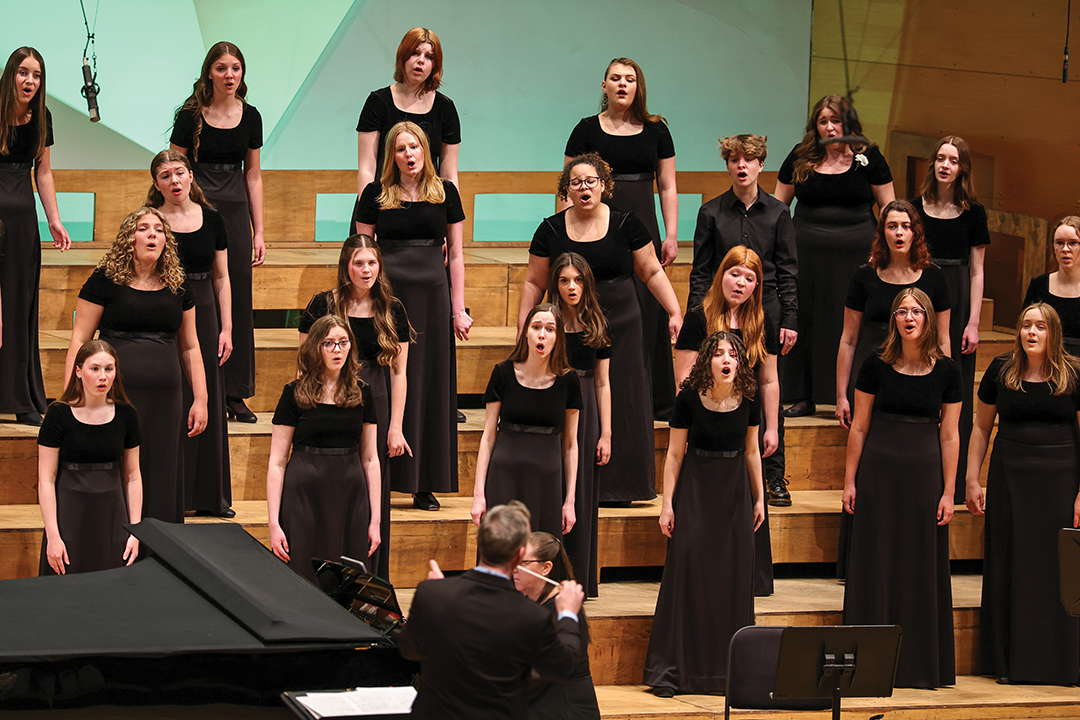
Photos: ©2022 Sesame Workshop, Zach Hyman
Former resident contributes to the creation of the first Asian American Muppet.
“It really is true that if you see it, you can be it,” says Liz Hara, Maple Grove Senior High School alumna (2000). For many kids across the nation, Hara is making this dream a reality. As a writer, puppeteer and puppet builder, she has fed into her creative side out of a passion for generating spaces for the underrepresented in media.
“I think it is so important for younger audiences to have this visibility and really kind of shape the way kids see the world and show the world in a way that we want it to be, so that they can grow up to help make that a reality,” she says.
Hara’s journey to creating began when she was young. Lifelong friend and former neighbor Jennifer Vesely recalls the countless summer days spent eating ice cream, learning to sew, crafting and playing Trivial Pursuit at Hara’s house. Bonding over “being equally nerdy,” she says the two became best pals after their involvement with a creative, problem-solving program for kids called Destination Imagination (formerly known as Odyssey of the Mind). The group encouraged building, skit writing and creating costumes—skills Hara would unknowingly use later in her career.
In high school, Hara began interning at local theaters and was a part of a mentor connection program that paired her with a set designer, where she worked on set with props and created her first proto puppet.
However, she didn’t fall in love with the magic of puppetry until she was a production runner for Improbable Theatre Company’s traveling rendition of Shockheaded Peter at Theatre de la Jeune Lune in Minneapolis. “It is a totally bonkers German nursery rhyme play where the kid dies at the end of every story. It is this hilarious, creepy gothic fairytale and I just thought the puppets were amazing and the story telling was so absurd … I was absolutely hooked on puppets from then on. That was when I realized what I wanted to do for the rest of my life,” she says.

Despite studying American culture and interning at an attorney general’s office while in college, Hara still found ways to create in more ways than one. During her junior year, she landed a summer internship building props alongside Martin Robbins, the man behind Sesame Street’s Mr. Snuffleupagus and the puppet designer for the Broadway version of Little Shop of Horrors with The Jim Henson Company in Los Angeles.
Immersing herself into the world of puppetry, she says she fell in love with the playfulness of the art. “Things come to life, and you just got to play with them and work with them to create this illusion … There is just a beautiful relationship between the audience and the puppet,” she says. “That is still the thing that is most exciting thing about puppetry. Every performance is an invitation to the audience to come play.”
The welcoming nature of puppetry is something Hara embraces. That is why she strives to create characters that viewers can see themselves in and connect with.

“It has always been a part of its mission to promote diversity, but, growing up, I, personally, always felt a lack of representation in the media. I am half Japanese and half white, and, quite frankly, I never saw a half Japanese woman on television until I was 37 years old,” she says.
Following the death of George Floyd, Sesame Street reflected on how it could effectively meet the movement. Looking at the show’s content and diversity led to the creation of See Us Coming Together, a multi-year initiative addressing how to talk to kids about culture, race and ethnicity. The result was the creation of Tamir, the show’s first Black Muppet character, and Ji-Young to help talk about subjects of racism.
“We are so excited about it because representation is so important, and it validates why your stories matter if you can see yourself on television,” Hara says. “I don’t think a lot of people understand what that means unless they have felt a lack of it.”
Continuing her efforts in diversifying media for children, Hara is also working on creating Marvel’s Moon Girl and Devil Dinosaur for Disney. The cartoon series will follow a 13-year-old Black girl super genius living in the Lower East Side of New York City with her interdimensional dinosaur.
“It is important for all of us to see ourselves represented in places where we can dream to go as adults, and [Hara] does that for underrepresented groups,” Vesely says.

Hara poses with the Count’s astronaut costume that she created.
Ji-Young
Making her debut in November 2021 on the See Us Coming Together special, Ji-Young became the first Asian American (Korean) Muppet character on Sesame Street.
As a rock-and-roll loving, sporty, skateboarding, high-energy 7-year-old, she embodies confidence and a bold personality. More importantly, Hara says Ji-Young doesn’t fall into the stereotypical pan-Asian characteristics of being quiet and studious.
“I am so lucky now that I can work on projects that have meaning,” Hara says. “This character is going to be a part of the Street forever, and it is a part of the legacy.”
Throughout the process of conception, the Sesame Street team (producer Janet Kim, director Alan Muroka and codirector Mat Vogel) strived to create a new character that was also culturally accurate. Working with a culture trust team to ensure validity of her characteristics, they also had Kathleen Kim, Ji-Young’s puppeteer, who is also Korean American, weigh in.

